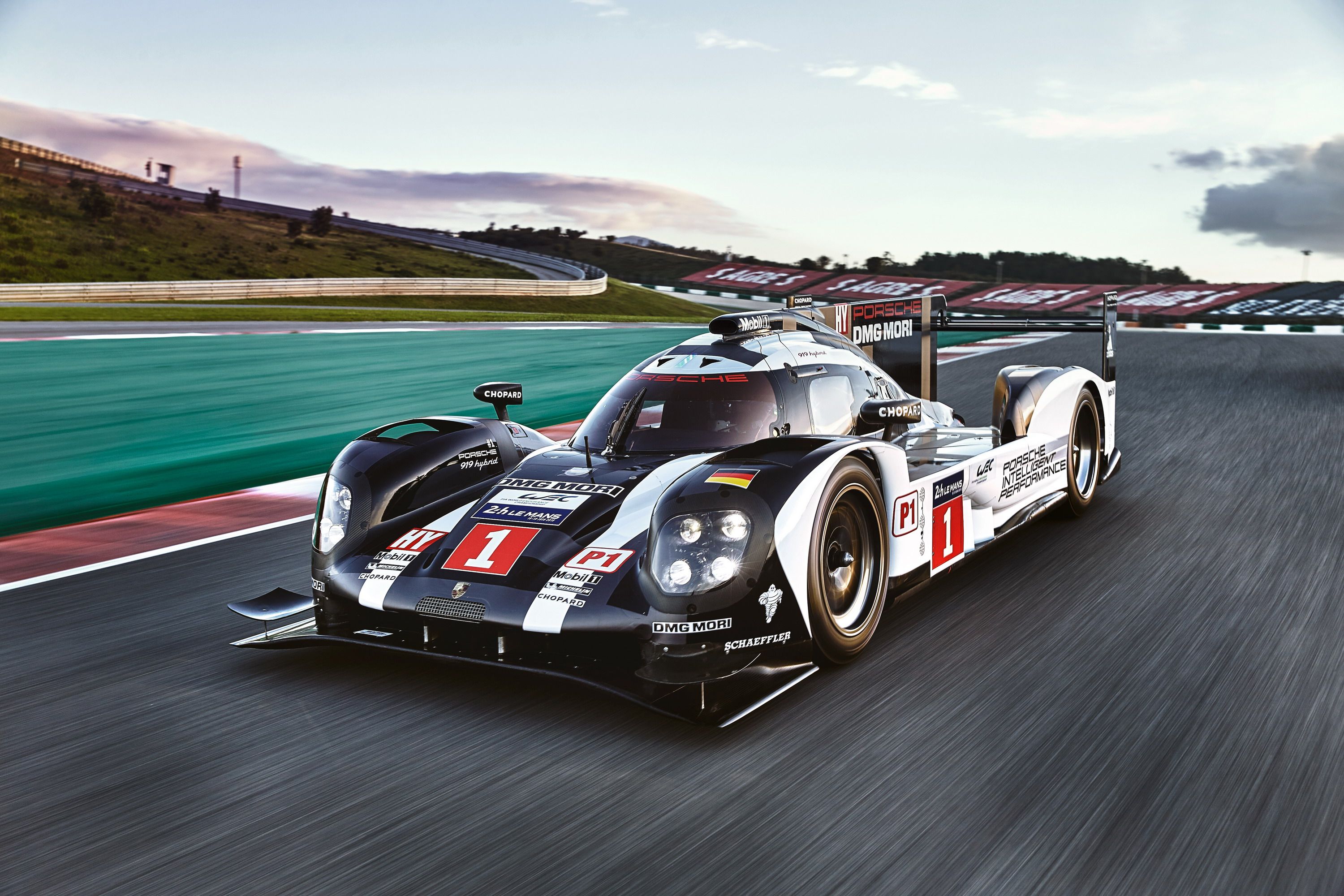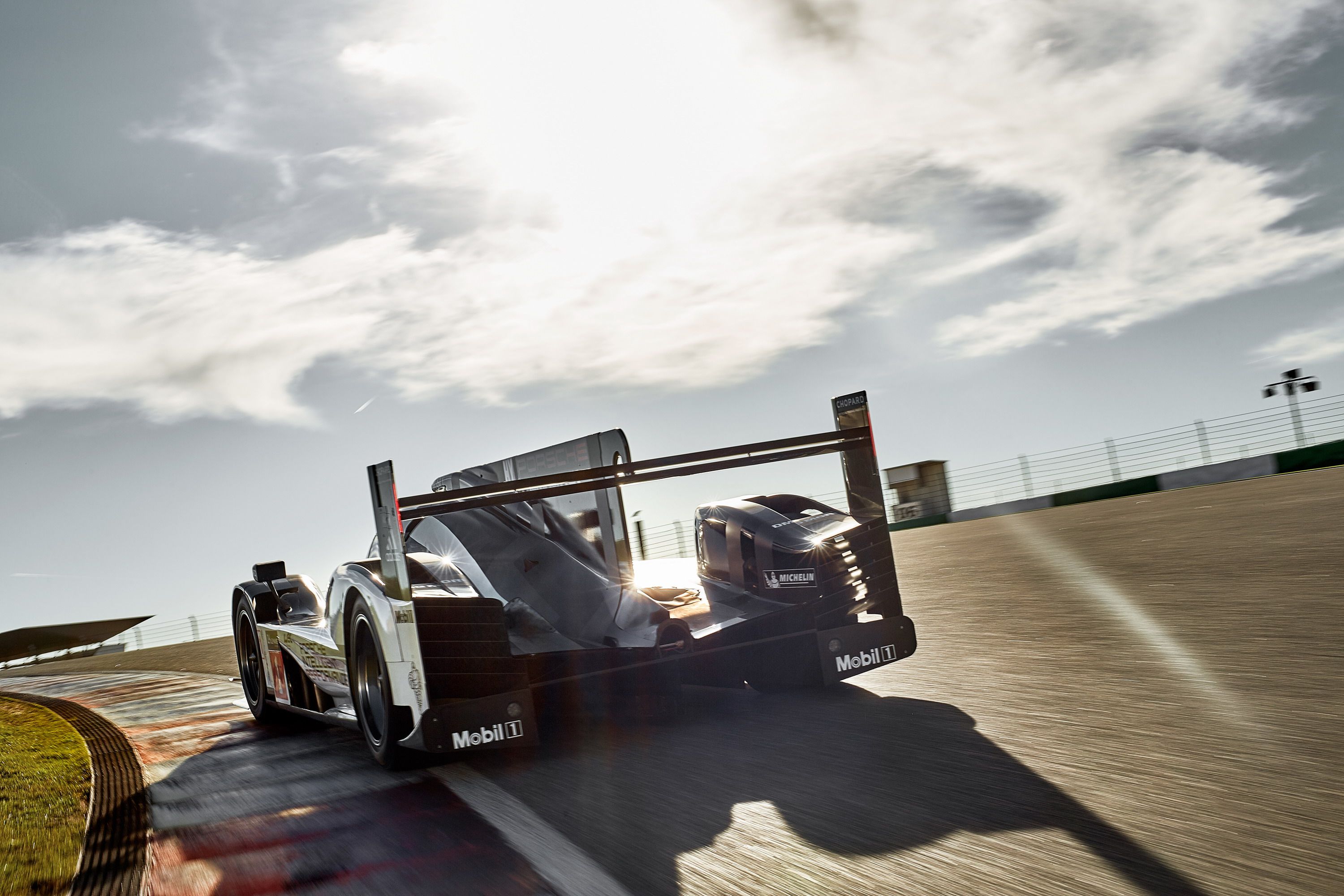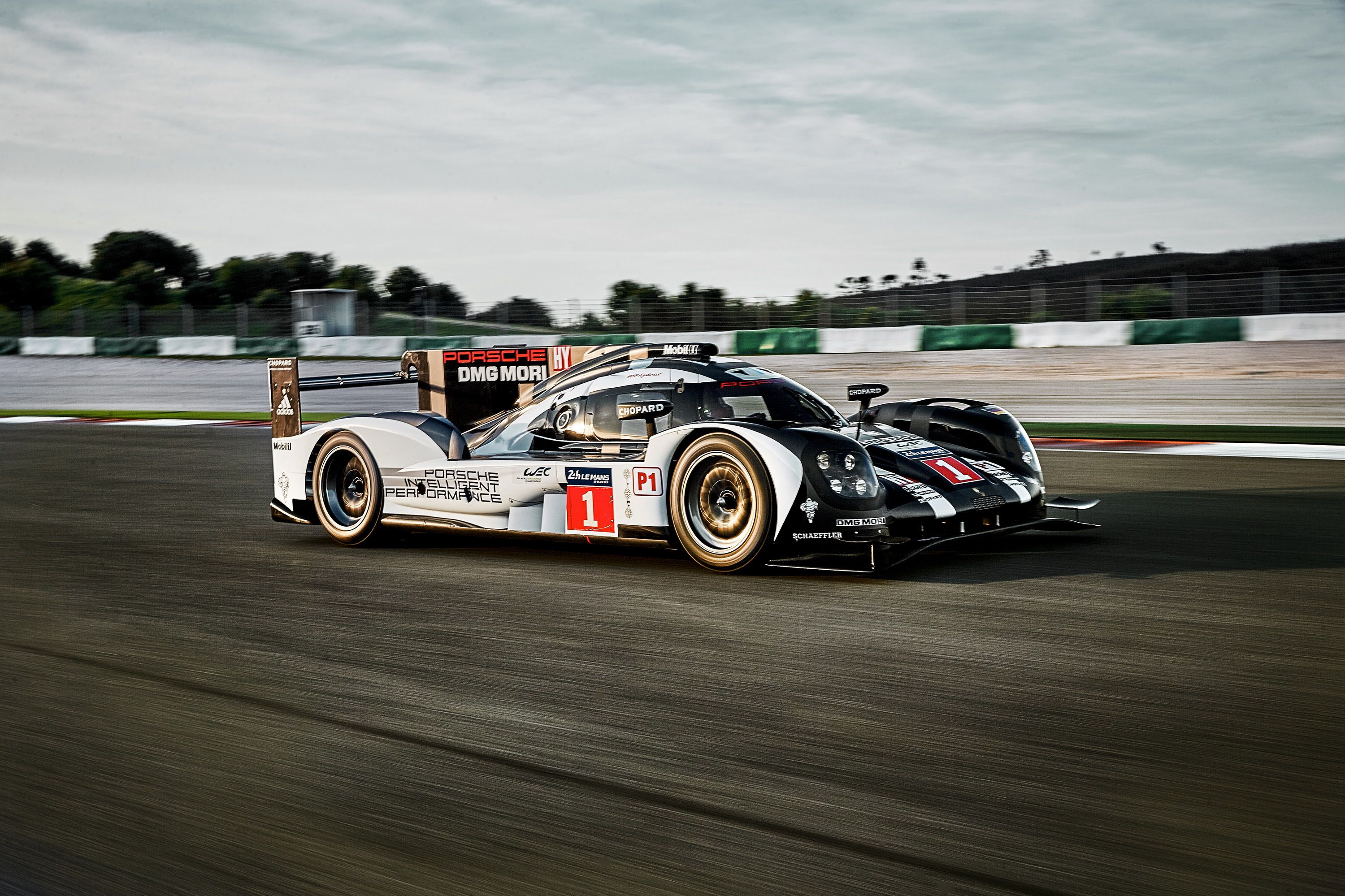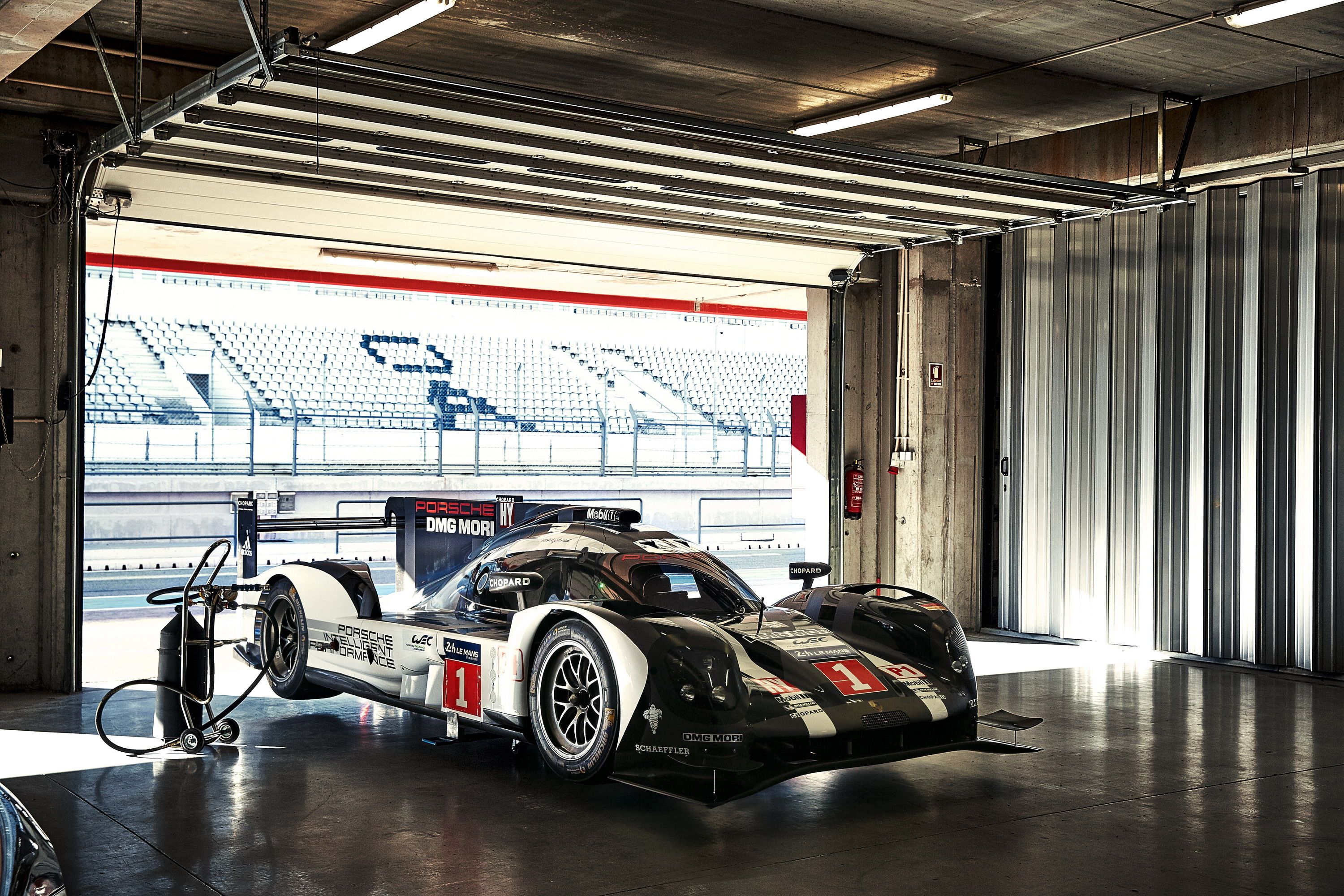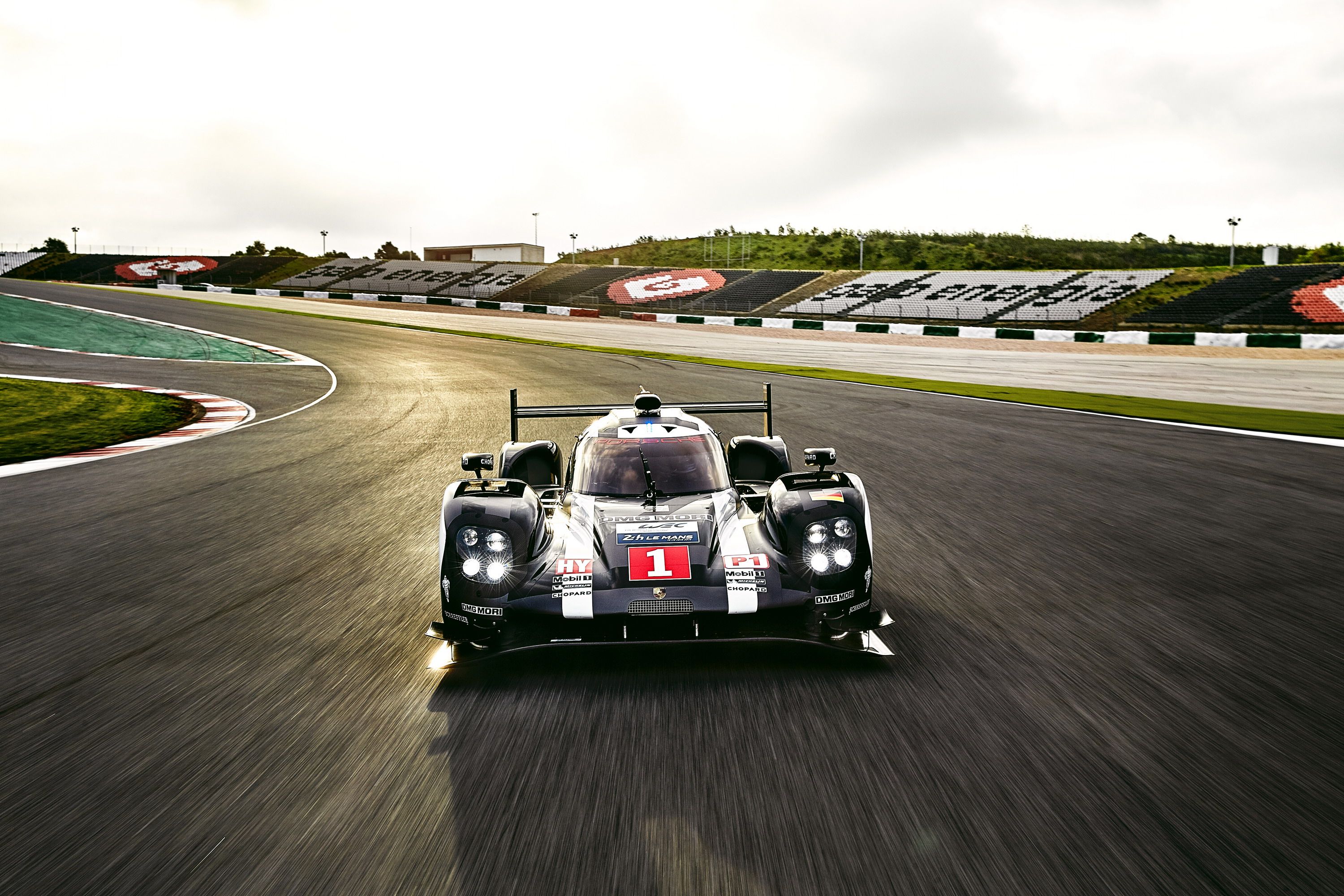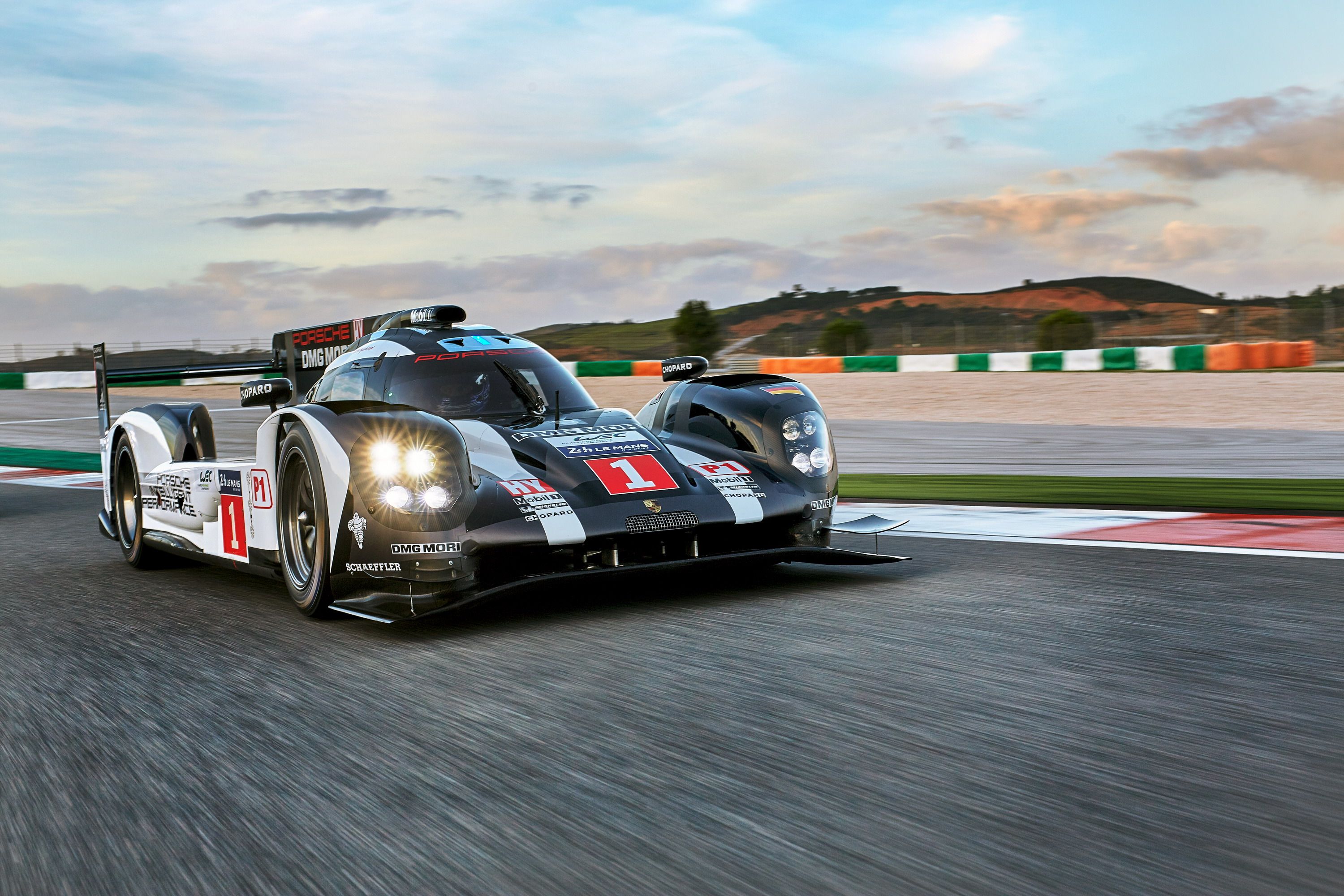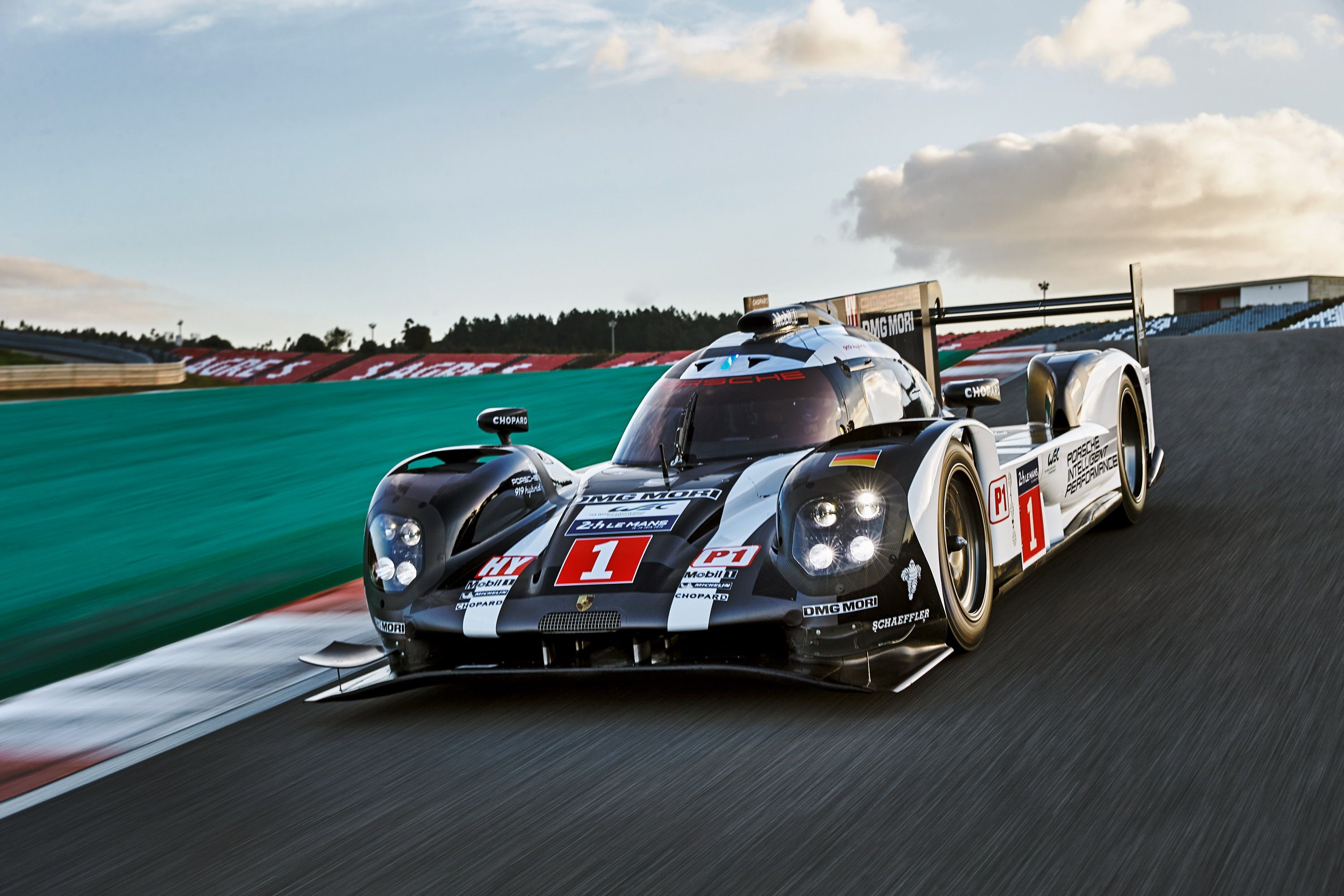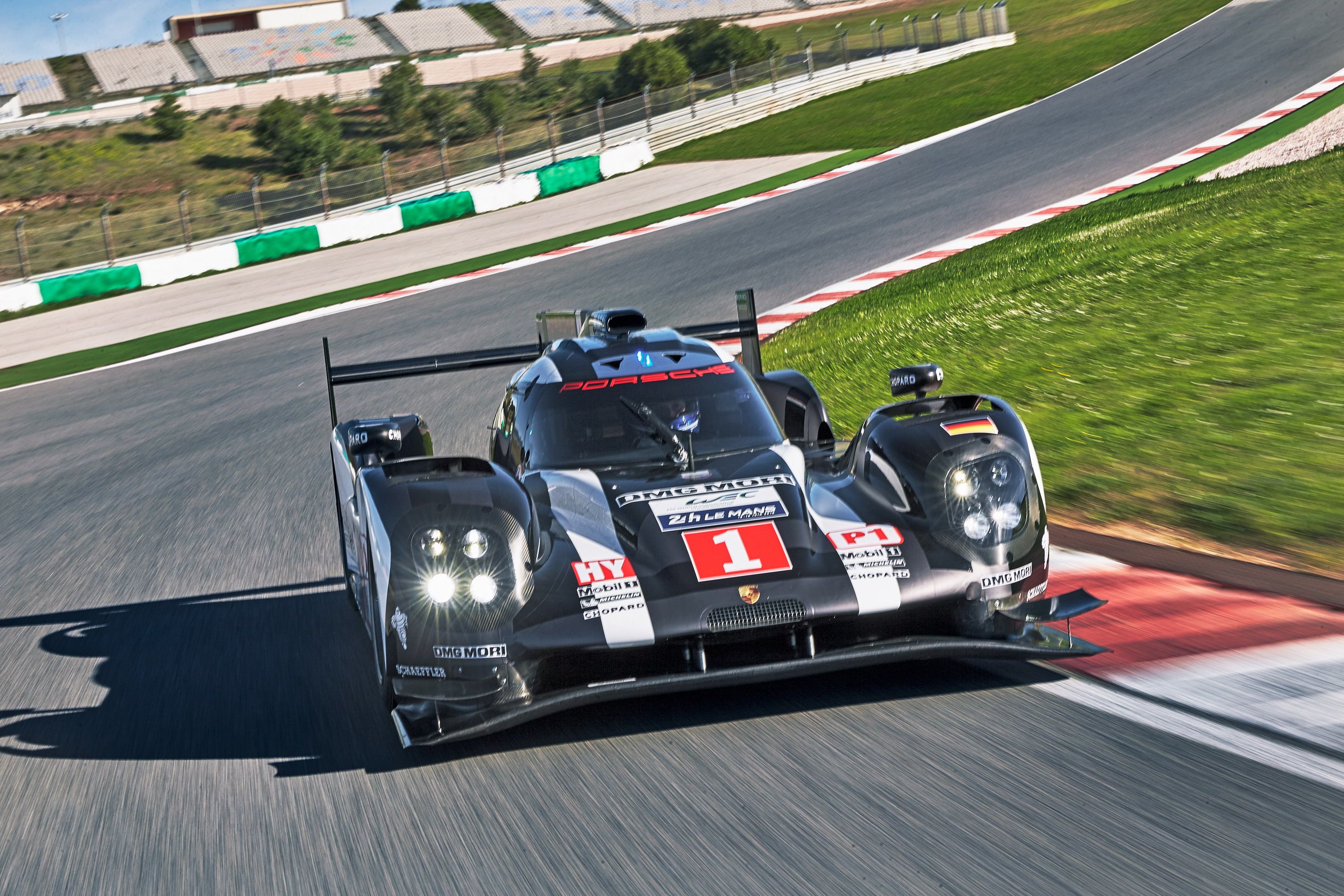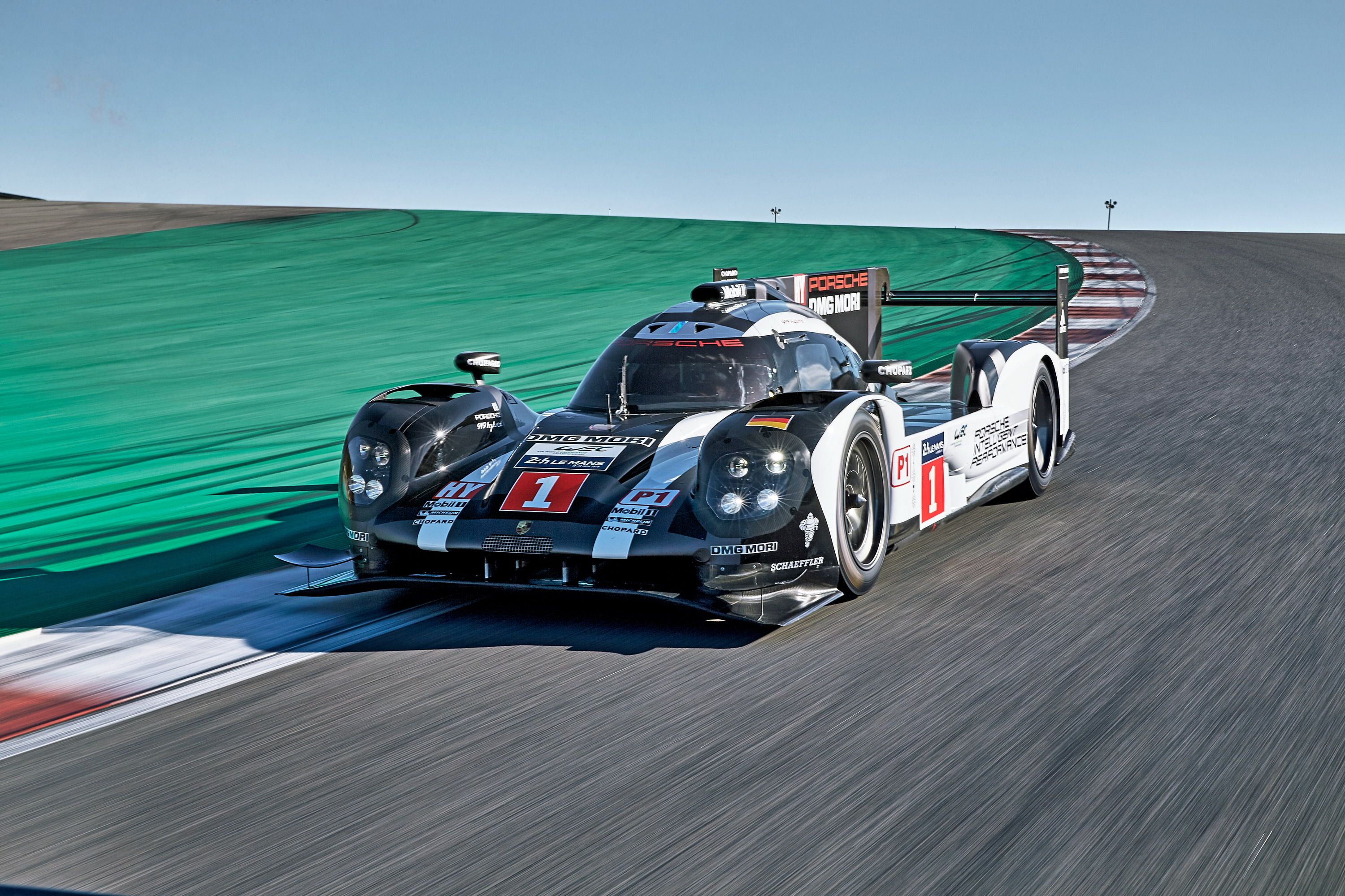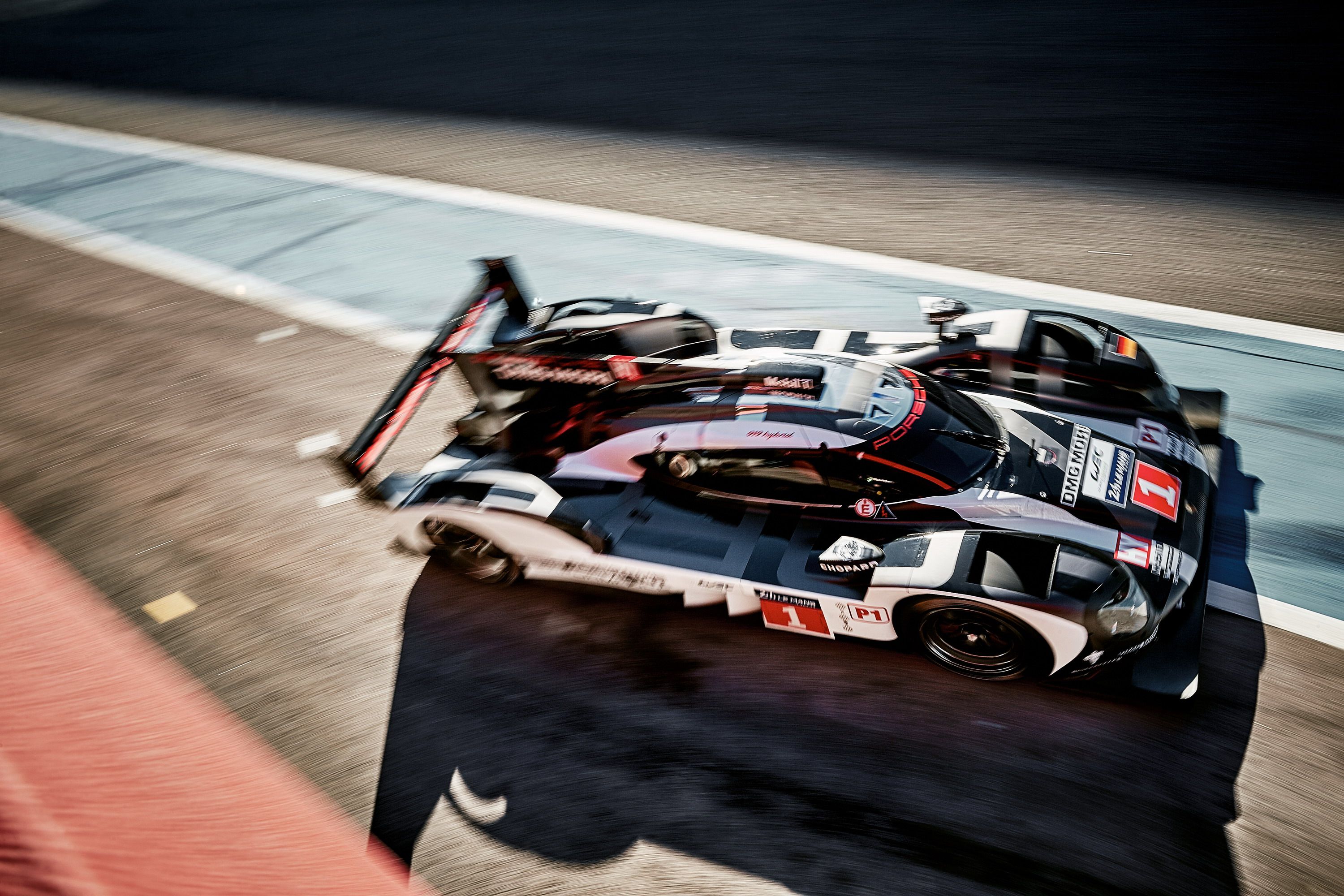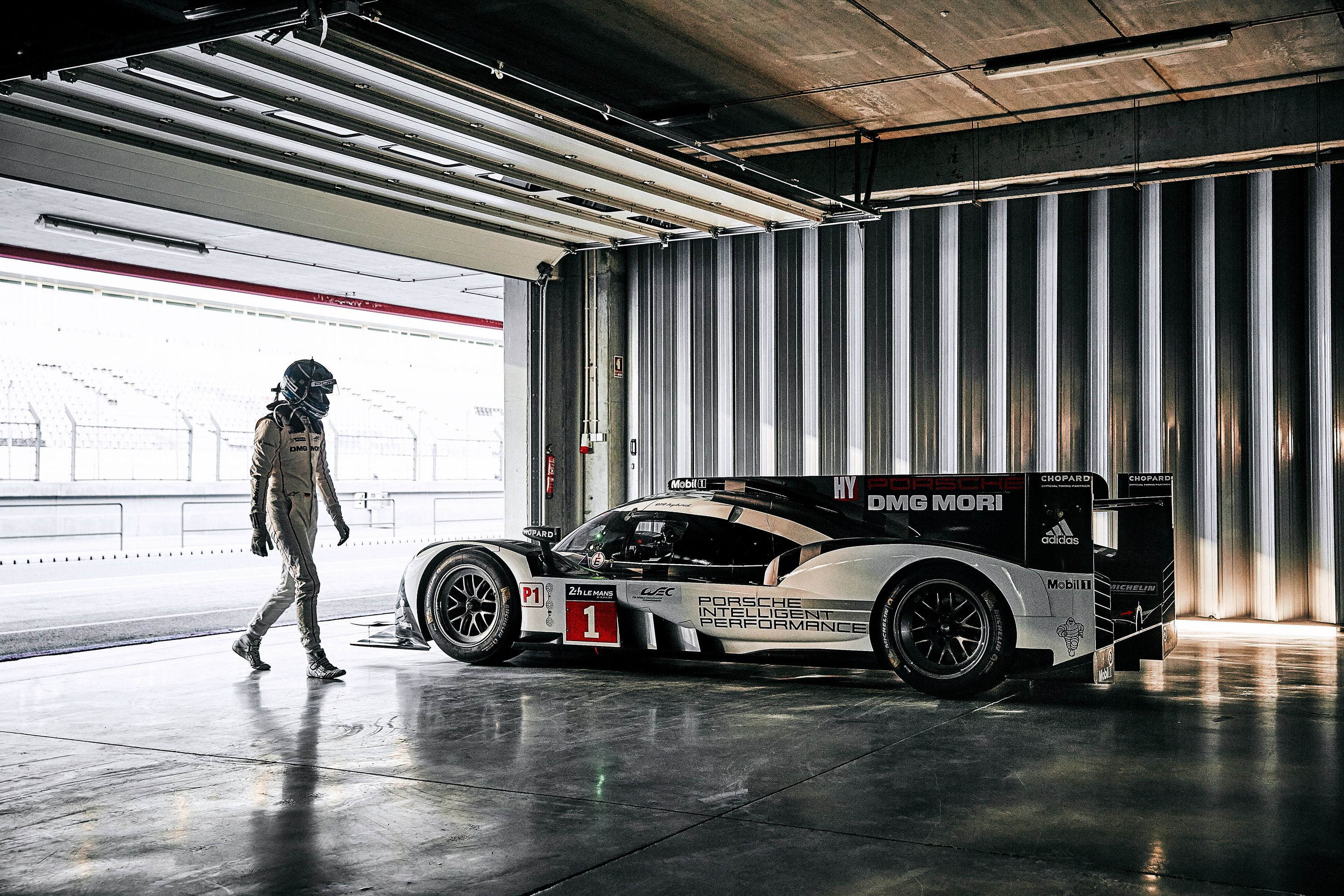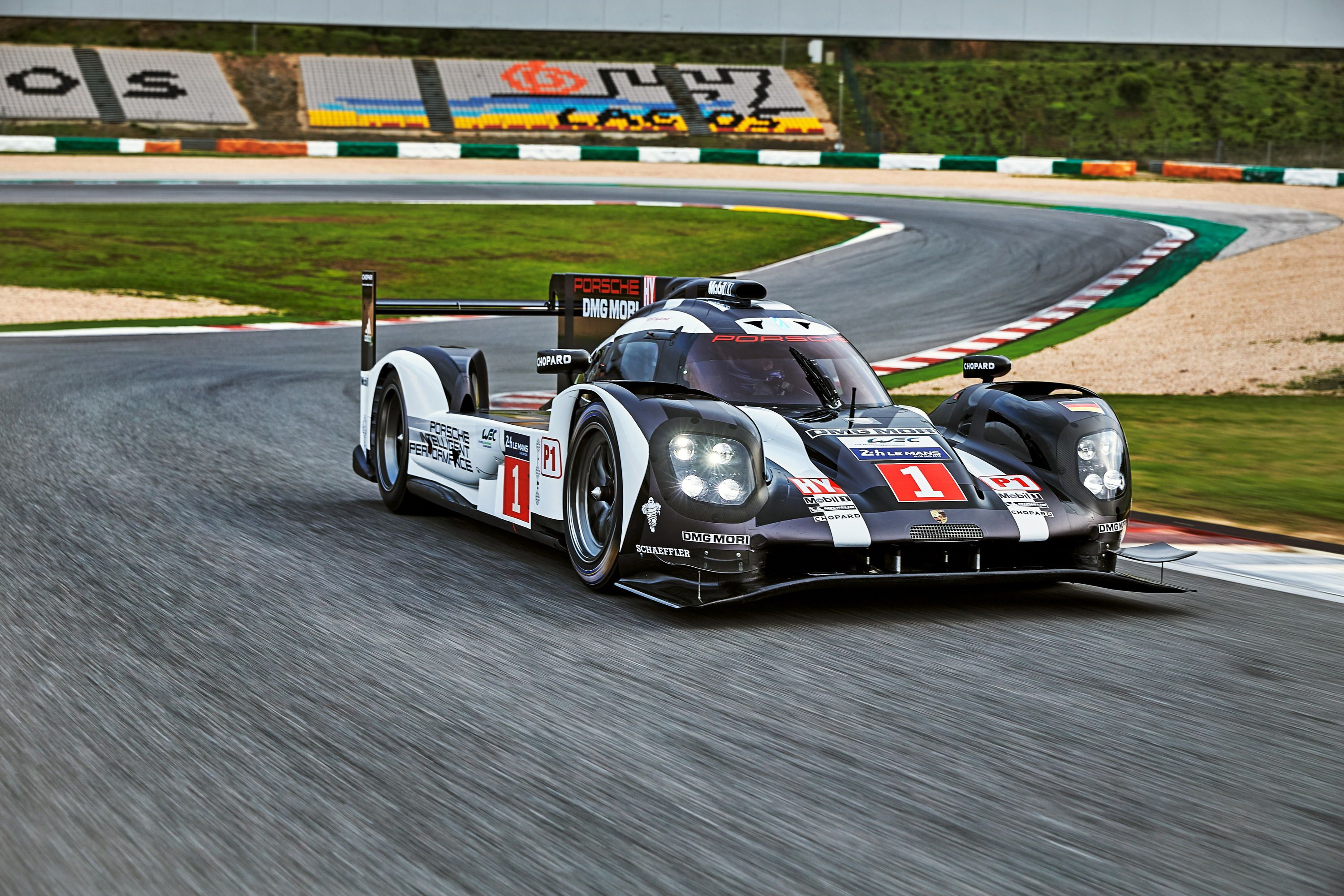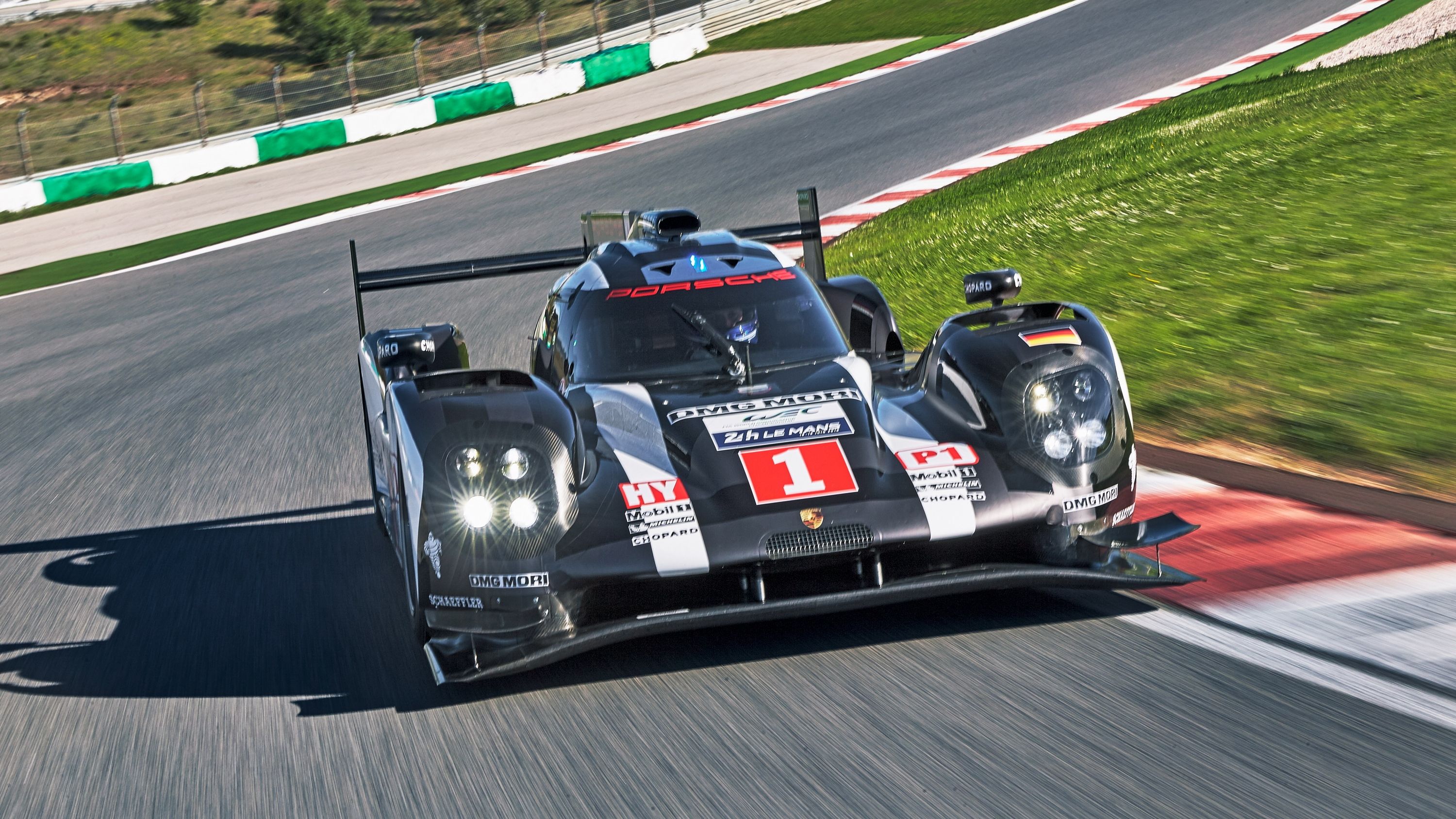Developed between 2012 and 2013, the 919 Hybrid hit the track for the 2014 World Endurance Championship, marking Porsche'->ke88s return to top-tier racing since 1998. With a hybrid drivetrain that included a turbocharged V-4 engine, a rather awkward choice compared to what Audi->ke14 and Toyota->ke88 used in their prototypes, the 919->ke4873 finished the 2014 WEC season third, managing to score only one win at Interlagos. At Le Mans,->ke1591 Porsche had to settle for 11th place. In 2015, the Germans returned with an improved version of the LMP1 and won five out of eight races, including the 24 Hours of Le Mans, winning the Manufacturers' Championship ahead of Audi and Toyota. For 2016, Porsche has revised the 919 Hybrid once again in order to defend its WEC and Le Mans trophies.
Much like all updates for modern prototype race cars, the 2016-spec 919 Hybrid is far from being a radical departure compared to its predecessor. Both the aerodynamic package and the drivetrain are indeed different, but to the extent that they no longer share components with the previous design. With the 919 already a successful race car,->ke148 Porsche focused on improving efficiency and and reducing curb weight rather than enhancing performance, mostly because new FIA restrictions force Porsche to use around eight percent less fuel and power throughout the 2016 season.
This season, Porsche's Team will field two 919 Hybrids. Car No. 1 will be driven by 2015 champions Timo Bernhard, Mark Webber, and Brendon Hartley, while car No. 2 will be shared by Romain Dumas, Neel Jani, and Marc Lieb. Is the updated 919 good enough to defend its title? Find out more in our review below.
Continue reading to learn more about the 2016 Porsche 919 Hybrid.
2016 Porsche 919 Hybrid
- Make: Array
- Model: 2016 Porsche 919 Hybrid
- [do not use] Vehicle Model: Array
Exterior
At first glance, the 2016 919 Hybrid is identical to last year's model on the outside. However, several new aerodynamic features can be spotted upon closer inspection. For instance, the massive splitter under the nose was reshaped, while the winglets at each corner were enlarged for increased downforce. The front fenders are a bit more angled toward the back, yet another feature that reduces drag. Changes continue onto the rear fenders, which feature smaller air intakes and slightly larger posts for the massive rear wing. The rear of the car appears to be unchanged save for the revised wing and engine hood.
All these changes were made for improvements in efficiency and more stable handling in different driving situations. Also, side winds, changes in balance under cornering as well as yaw and roll angles were further reduced.
Arguably the biggest news here is Porsche's decision to fully exploit the FIA regulations and use three aerodynamic packages throughout the season. While in 2015 the focus was on the Le Mans race, with compromises for the other events, 2016 will see three different 919 Hybrids on the track. A high downforce package was developed for Silverstone, while Le Mans will bring a body focused on extremely low downforce. Another high downforce package will be used in the following six WEC races. This strategy is similar to the one Audi used in 2014 and 2015, when it brought slightly longer versions of the R18 at Circuit de la Sarthe.
Finally, the 919 Hybrid received a new livery that combines all three colors used at Le Mans in 2015. Both cars are finished in black and white with red accents and continue to sport the "Porsche Intelligent Performance" motto. Also, the cars will now wear numbers 1 and 2, a privilege that comes with winning the World Endurance Championship for manufacturers in 2015.
Interior
As usual, Porsche had nothing to say about the car's cockpit and there are no photos to run by, but it's safe to assume it's nearly identical to last year's model. All told, the driver will sit in a no-nonsense cabin and use a race-spec steering wheel with a rainbow of buttons and knobs to send input to everything from the front wheels to the drivetrain. The dashboard is a simple panel with more switches and buttons, but also includes a TFT screen for various operations. A lightweight, race-spec seat provides stability in corners. The seat, the structure and almost everything else is crafted from carbon-fiber. For enhanced safety, the 919 Hybrid is equipped with an FIA-approved roll cage and a fire extinguishing system.
Drivetrain
Under the shell, the 919 Hybrid is essentially identical to last year's car. The chassis structure remained unchanged, with a monocoque being a carbon-fiber sandwich construction manufactured as a single unit. The turbocharged, 2.0-liter V-4 engine continues to be a load-bearing member, while the hydraulically operated, sequential seven-speed gearbox is mounted in a carbon structure.
The engine was carried over, but Porsche increased the combustion efficiency and mixture preparation in order to increase output and reduce consumption. However, while the revised unit can generate in excess of 500 horsepower, it will use less than that on the race track due to new FIA restrictions, which require Porsche to utilize around eight percent less power than last year.
That doesn’t mean the 919 Hybrid will run with less than 500 horses at its disposal.
The updated energy recuperation system, which consists of a unit at the front axle and one in the exhaust tract, are able to create more than 400 horsepower. As a result, when in AWD mode, the 919 Hybrid uses a total output of around 900 horses, which should be more than enough to give its Audi- and Toyota-badged competitors a run for their money.
Other enhancements include a lighter gearbox, a lighter and more efficient energy recovery system, an optimized electric motor for the front axle, and a new-generation lithium-ion battery. A newly-developed front axle allows more set-up options, which will come in handy now that the 919 Hybrid uses three different downforce configurations.
Competition
Audi R18
Unlike the 919 Hybrid, the R18 received a significant makeover for 2016, which makes sense given that Audi was defeated for the first time in six years at Le Mans in 2015. Looking to recapture its crown, Audi gave the R18 a new nose that's more aerodynamic and boxier front fenders. The splitter sits closer to the ground for increased downforce. The massive rear wing now sports a more complex design. Motivation comes from an updated 4.0-litr V-6 TDI rated at 514 horsepower and a motor generator unit that cranks out 408 horses. The flywheel energy system has been axed in favor of a lithium-ion acumulator.
Find out more about the Audi R18 here.
Toyota TS050 Hybrid LMP1
Updated for 2016, the TS050 looks about the same from the outside, but much like the 919 Hybrid, it features revised aerodynamics in the front and rear. More modifications were made in the drivetrain department, where Toyota dropped in a 2.4-liter V-6, two electric motors, and a high-capacity lithium-ion battery. There are no performance numbers as of this writing, but we know for a fact that Toyota has jumped up to the 8 megajoule racing class with the new drivetrain. Toyota has yet to win the 24 Hours of Le Mans, but it won the WEC manufacturers' championship in 2014. Needless to say, the Japanese have high hopes for 2016.
Read more about the Toyota TS050 Hybrid LMP1 here.
Conclusion
Compared to the Audi R18 and the Toyota TS050, the Porsche 919 Hybrid sports fewer significant changes for the LMP1 category. However, that doesn't mean that the Germans aren't ready for yet another season of intense racing. As the reigning 24 Hours of Le Mans and WEC championship winner, Porsche had all the reasons to not meddle with last year's successful recipe. Sure, the season is long and difficult and all sorts of trouble is likely to occur on the way, but Porsche already has two years of experience in the new LMP1 class and the 919 Hybrid finished the 2015 season as the most reliable race car in its class. It remains to be seen whether the 919 Hybrid will have what it takes to defeat Audi and Toyota for the second time, but as far as statistics go, Porsche seems more than ready to win its 18th Le Mans race and set yet another world record.

